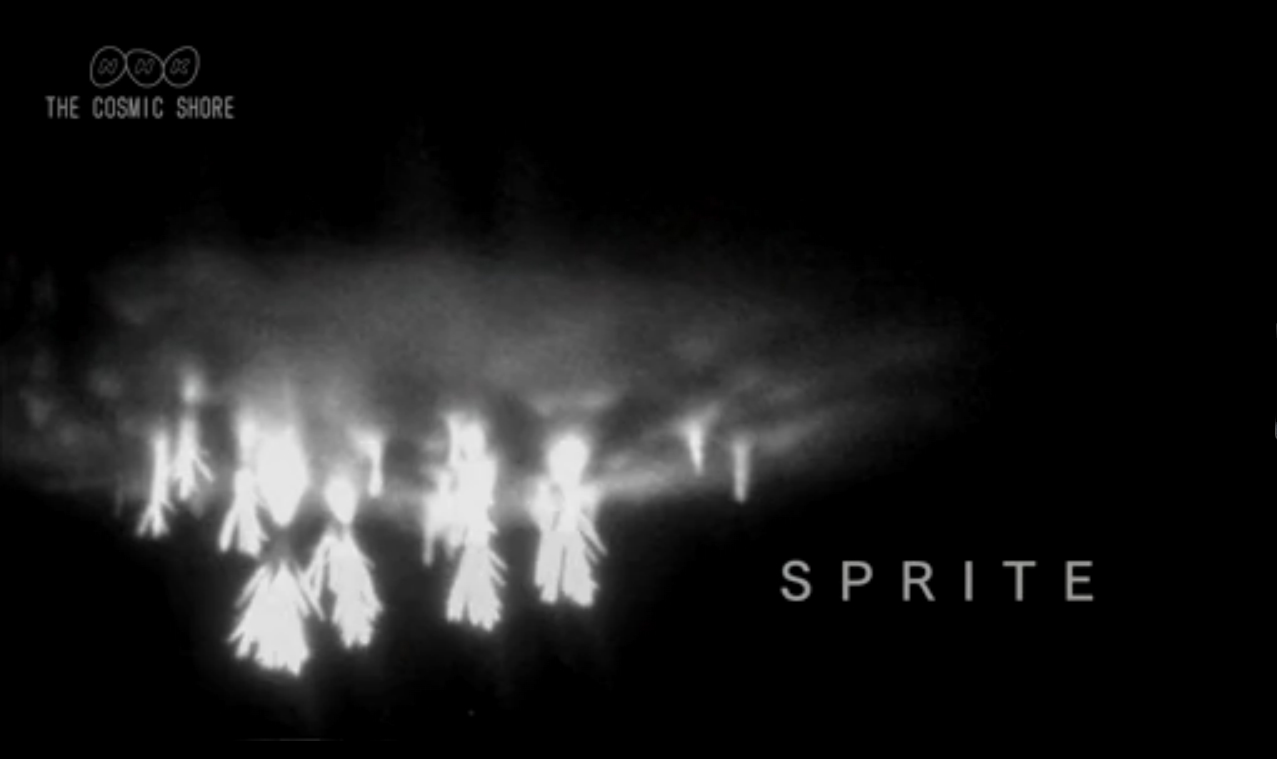Elusive Sprite Lightning Caught On Film

Sprites are reddish, ultrafast bursts of electricity that are born near the edge of space, about 50 miles (80 kilometers) up in the atmosphere.
For a long time, pilots claimed to see them, but few believed them until scientists accidentally captured images of sprites dancing above thunderstorms in 1989.
They flicker in and out of existence so quickly they are very difficult to catch on camera — until now.
A group of researchers, along with help from Japan's NHK television, sought them out regularly for two weeks in the summer of 2011. Filming at 10,000 frames per second on two separate jets, the team recorded some of the best movies of sprites ever taken — movies that can be used to study this poorly understood phenomenon and the forces that create them, according to a NASA release.
By filming from two jets flying 12 miles (19 km) apart, the team mapped out the 3D nature of the sprites.
The basic understanding of sprites is that they are related to lightning, in which a neutrally charged cloud discharges some of its electricity to the ground. Normally, negative charge is carried from the cloud to the ground, but about 10 percent of the time it's a positive charge — and that leaves the top of the cloud negatively charged, which can produce sprites.
Sprites are usually blocked from view on the ground by the very clouds that produce them. They send pulses of electrical energy up toward the edge of space — the electrically charged layer of the atmosphere known as the ionosphere — instead of down to Earth's surface.
Get the Space.com Newsletter
Breaking space news, the latest updates on rocket launches, skywatching events and more!
They are often jellyfish-shaped, starting as balls of light that stream downward. Red sprites can extend 12 to 19 miles (20 to 30 km) up into the atmosphere.
Follow OurAmazingPlanet on Twitter @OAPlanet. We're also on Facebook and Google+.
Join our Space Forums to keep talking space on the latest missions, night sky and more! And if you have a news tip, correction or comment, let us know at: community@space.com.
OurAmazingPlanet was founded in 2010 by TechMediaNetwork, which owned Space.com at the time. OurAmazingPlanet was dedicated to celebrating Earth and the mysteries still to be answered in its ecosystems, from the top of the world to the bottom of the sea. The website published stories until 2017, and was incorporated into LiveScience's Earth section.










